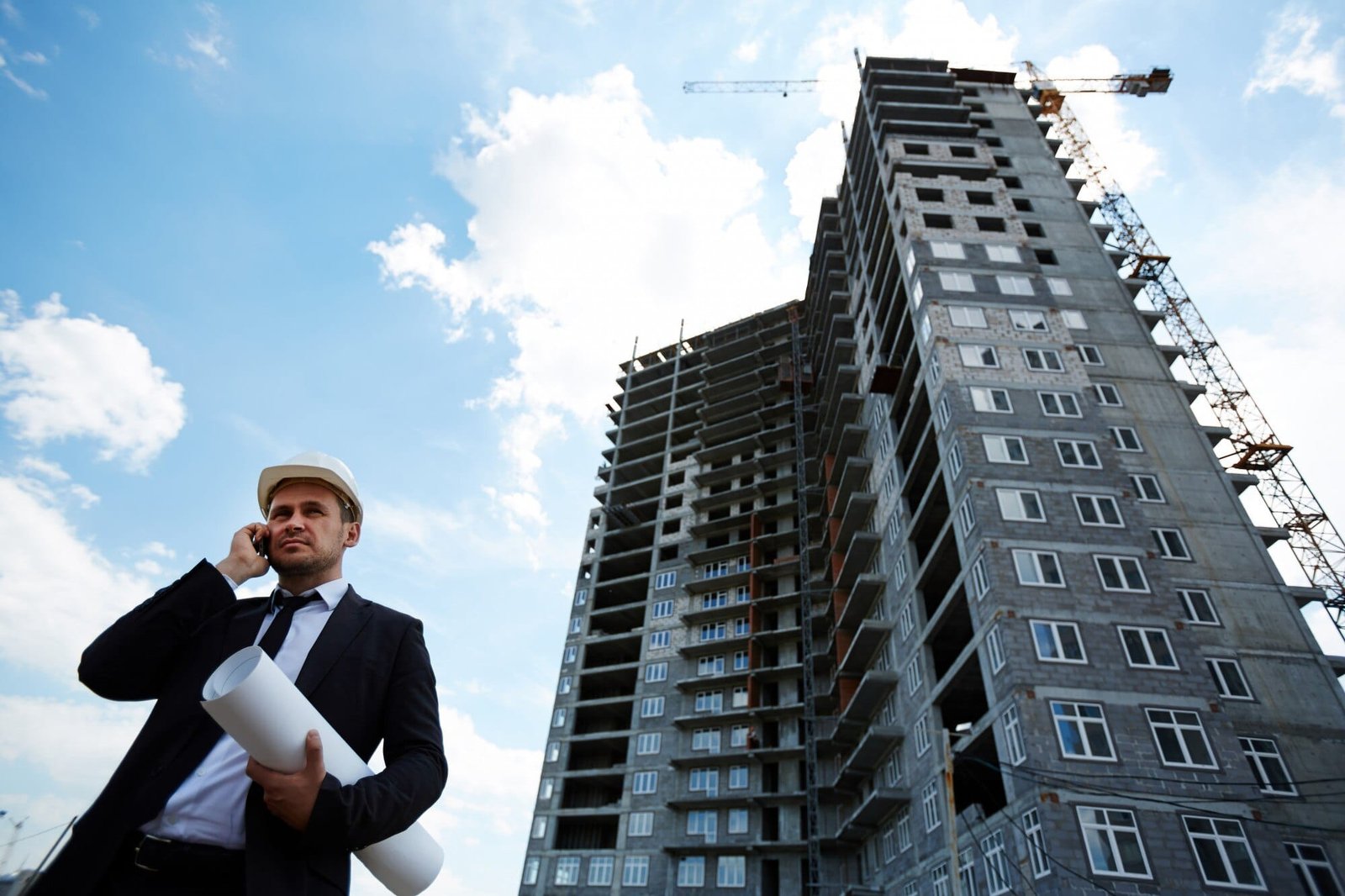Modern hospitals are no longer just physical buildings—they’re also digital ecosystems. With electronic health records (EHRs), connected medical devices, and remote monitoring systems, protecting patient data is now just as important as patient care. In this context, Artificial Intelligence (AI) is playing a key role in shaping secure, compliant healthcare infrastructure.
Healthcare facilities must be designed with data security in mind—long before the IT team plugs in a single server. From physical server room placement to electromagnetic shielding, AI is helping planners and contractors anticipate threats, reduce vulnerabilities, and ensure HIPAA compliance through smart, security-first design.
1. AI-Assisted Risk Modeling During Design
AI algorithms can simulate potential cybersecurity vulnerabilities in facility layouts—identifying access points, exposure zones, and network weak spots.
Key Features:
- Optimizing IT room locations for cooling and security
- Predicting human error risks in nurse stations and EHR access zones
- Recommending zoning layouts that separate admin and clinical networks
This ensures that digital and physical security are integrated from the ground up.
2. Smart Infrastructure for Network Resilience
AI-enhanced BMS (Building Management Systems) integrate physical security with IT performance.
- Monitoring HVAC systems to prevent overheating of server rooms
- Ensuring redundant power sources for critical data systems
- Alerting teams to unauthorized access or anomalous activity in equipment closets
Secure infrastructure helps prevent cyberattacks, data breaches, and service interruptions.
3. Protecting Patient Privacy Through Spatial Design
AI can analyze how patients move through clinics and hospitals to reduce unwanted data exposure and conversation leakage.
Applications Include:
- Placement of registration desks for speech privacy
- Optimizing exam room soundproofing and digital screen positioning
- Reducing visual access to patient records in high-traffic areas
Privacy is no longer just about IT—it’s also architectural.
4. AI-Powered Compliance Audits and Documentation
Contractors and developers can use AI tools to document compliance throughout the build process:
- Tracking placement of secure access doors and badge readers
- Verifying materials used in EMF-shielded rooms
- Generating documentation packages for AHJ and HIPAA reviews
This reduces project risk, accelerates inspections, and reassures healthcare clients.
VMC GROUP: Building for Care and Cybersecurity
At VMC GROUP, we understand that patient safety includes protecting patient data. While we currently build with proven secure methods, we actively monitor AI-enhanced design strategies that help safeguard healthcare facilities from the physical and digital threats of tomorrow.
Reach out today to learn how we build with integrity, compliance, and security in every square foot.



